The 1970s, a decade characterized by its bold fashion, vibrant music, and distinct cultural norms, also witnessed a set of family traditions that are markedly different from today’s standards. These customs, once commonplace, now appear quite unusual in the context of contemporary societal norms. From the casual neglect of safety measures to the acceptance of practices that many today would deem inappropriate or even dangerous, the ’70s were a time of contrasting values and attitudes. This exploration into the past serves as a fascinating window into how much family life—and societal expectations—have evolved over the decades. Here, we delve into 15 classic ’70s family traditions that might raise eyebrows today.
Riding in Cars Without Seatbelts
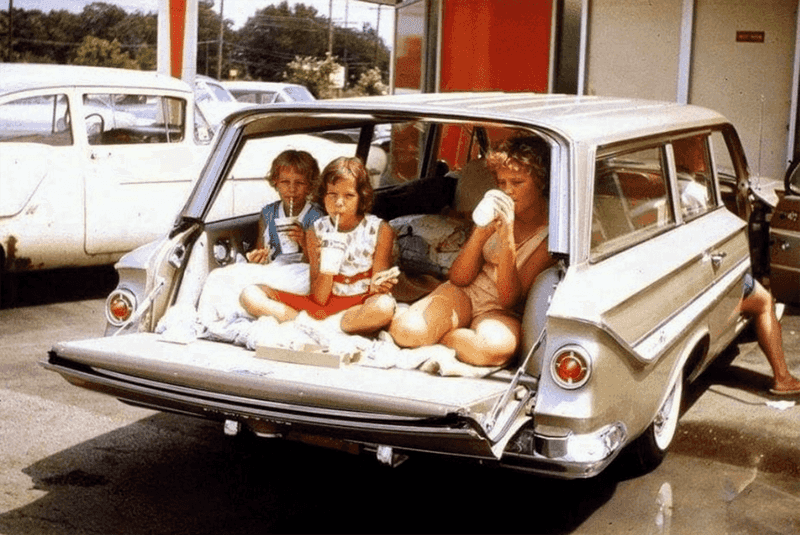
Imagine a time when safety took a backseat—literally. During the ’70s, the idea of using seatbelts was more of an optional suggestion than a rule. Kids would freely bounce around the backseat, and the rear window seemed like a cozy lounge. Parents rarely fastened their own seatbelts, let alone demanded children to do so. It was a common sight to see families driving with kids sprawled across seats or huddled in the back. The notion of booster seats was virtually unheard of. Today, such a carefree attitude towards car safety would be unimaginable, highlighting just how much our priorities have shifted regarding child safety in vehicles.
Smoking Indoors (Even Around Kids)
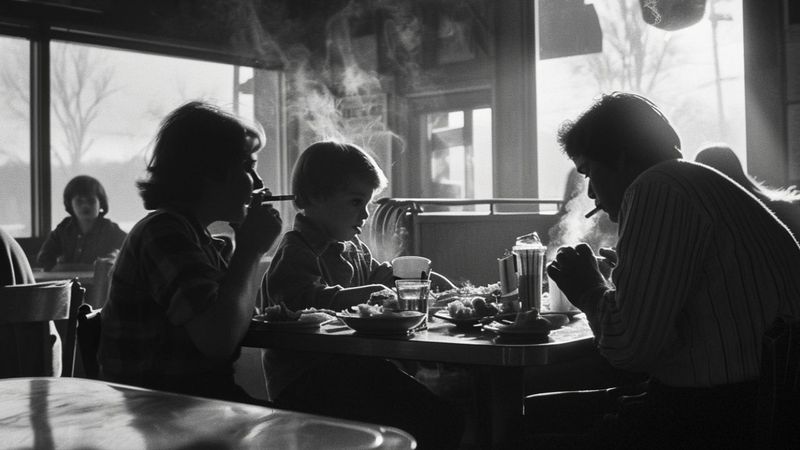
Back in the 1970s, the haze of cigarette smoke was an everyday backdrop to family life. Smoking indoors, even with children present, was not only common but socially accepted. Parents, guests, and even visitors at school functions thought nothing of lighting up in the dining room or living room. The concept of designated smoking areas was still in its infancy. Today, this would be considered highly inappropriate, given our understanding of secondhand smoke’s dangers. The change in attitude towards indoor smoking reflects a broader societal shift towards prioritizing health and wellness, and protecting children from potential harm.
Corporal Punishment at Home and School

In the ’70s, the saying “spare the rod, spoil the child” was taken quite literally. Corporal punishment was a widely accepted form of discipline both at home and in educational institutions. Parents and teachers would often use belts, paddles, or even open hands to enforce rules and correct behavior. It was a time when such methods were seen as normal rather than controversial. Today, these practices are largely frowned upon, as modern psychology advocates for more positive reinforcement techniques. This shift marks a significant change in how society views child discipline, moving towards methods that promote understanding and empathy.
Leaving Kids Home Alone (or in the Car)
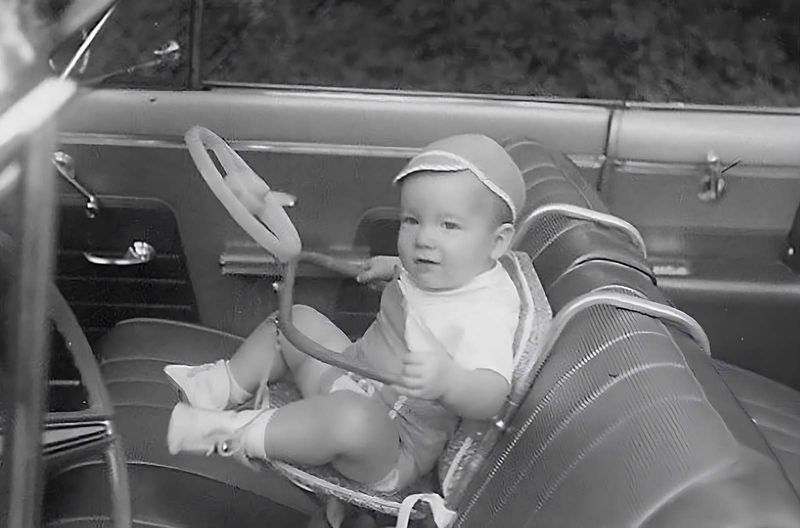
The freedom to roam extended beyond playgrounds; it was not unusual for parents in the ’70s to leave children unattended, whether at home or in a parked car. Errands were often run with children waiting in the car, windows slightly ajar, or left home alone for hours. It was an era before the introduction of stringent laws regarding child supervision. Nowadays, such actions could lead to legal repercussions. This change underscores the growing emphasis on child safety and supervision in modern society, highlighting the dramatic shift from the laissez-faire attitudes of the past to today’s more cautious parenting.
No Helmets for Bikes or Skates
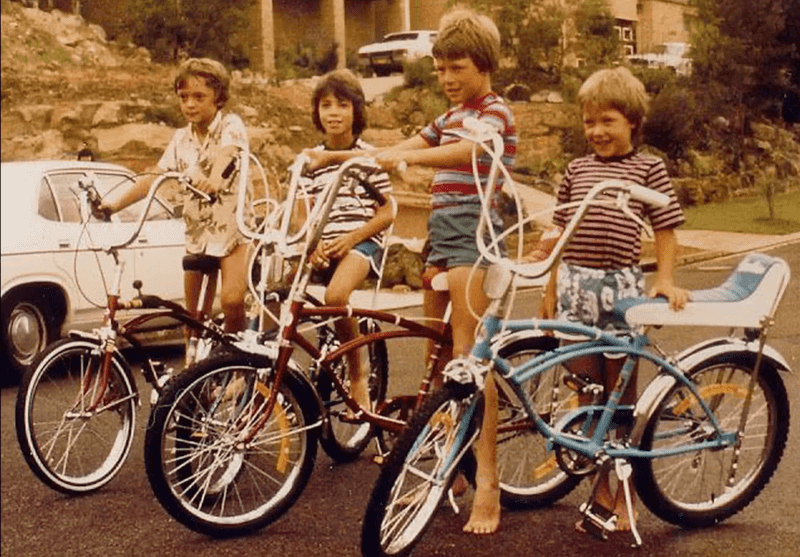
Picture a child zooming down the street on a banana seat bike, hair flowing, without a helmet in sight. In the ’70s, protective gear was not a standard part of riding bicycles or skating. The thrill of the ride took precedence over safety precautions. Helmets and pads were viewed as unnecessary, often seen as overcautious by parents. This carefree approach to safety is almost unthinkable today, as helmets have become mandatory for children in many places. The change demonstrates a broader societal commitment to safety and prevention, reflecting how much priorities have evolved over time.
Drinking at Family Gatherings — by Teens
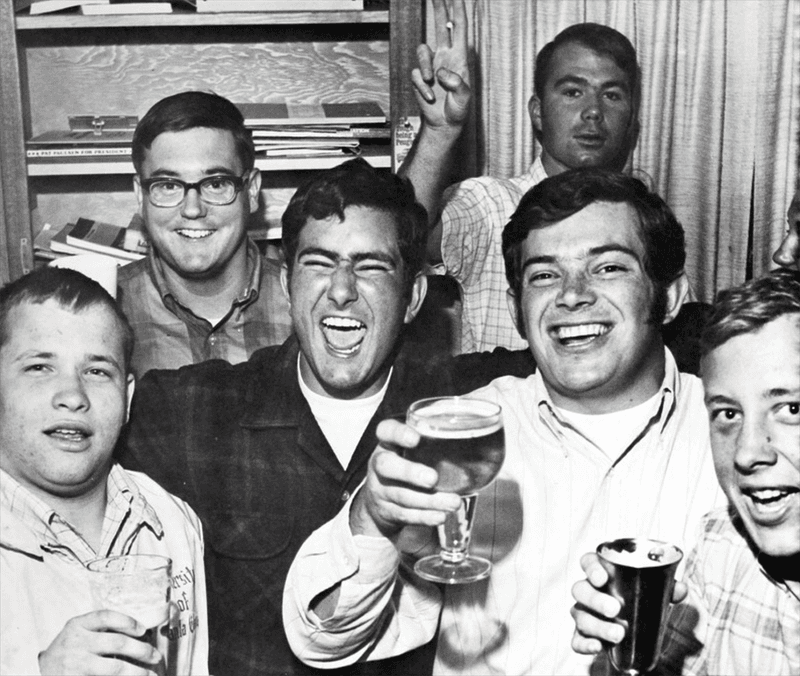
During family gatherings in the ’70s, it wasn’t unusual for teenagers to partake in the festivities by having a sip of beer or wine. Such practices were often seen as part of growing up, with parents regarding them as harmless or a rite of passage. This casual attitude towards underage drinking stemmed from a cultural acceptance of alcohol as a social norm. Today, the perspective has shifted significantly, with stricter laws and societal norms discouraging underage drinking. The shift in attitudes reflects a growing awareness of the risks associated with alcohol consumption among teenagers.
Unsupervised Outdoor Play Until Sundown
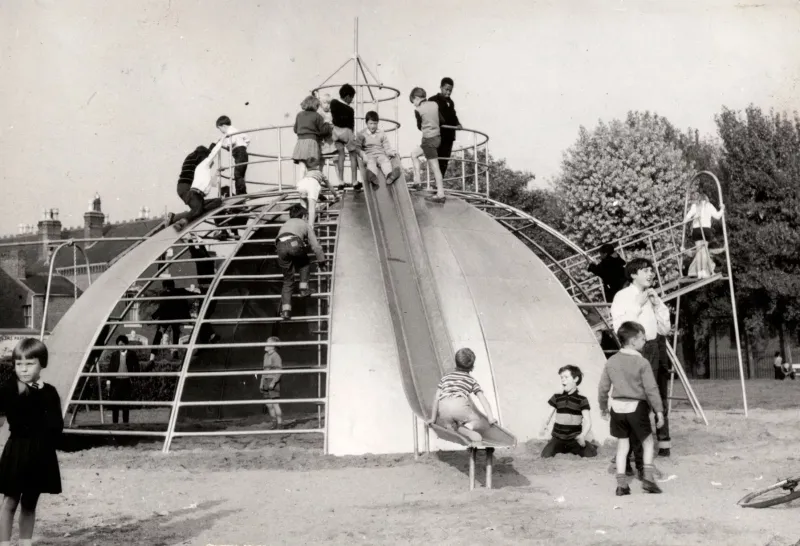
Evenings in the ’70s were a time of adventure and exploration. Children had the freedom to roam their neighborhoods or nearby forests without the need for constant adult supervision. The rule was simple: be home by dark. This unsupervised playtime fostered independence and creativity, allowing kids to form bonds and learn through experience. However, today’s parents are more vigilant, often closely monitoring their children’s activities. The shift towards supervised play reflects changes in societal norms and growing concerns about safety, highlighting how parental attitudes have evolved towards a more protective approach.
Gender-Stereotyped Chores
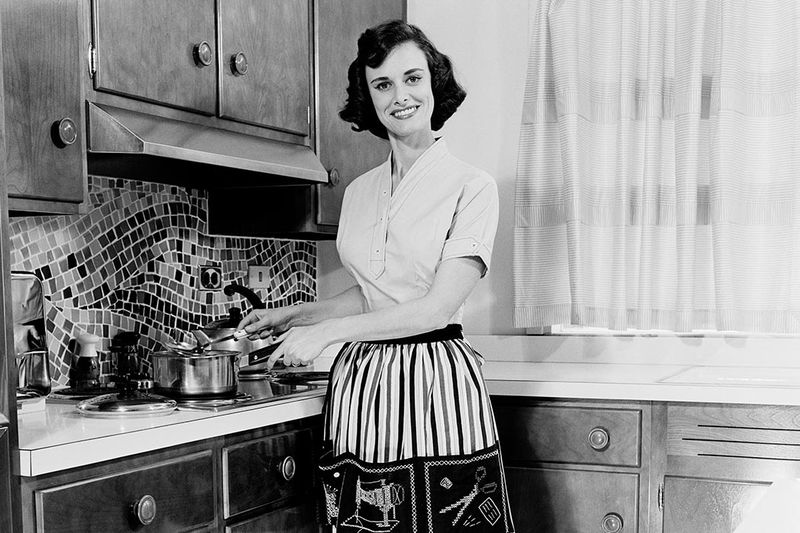
In the 1970s, household chores were distinctly divided along gender lines. Boys would typically be tasked with outdoor duties like mowing the lawn or taking out the trash, while girls were expected to wash dishes and tidy up indoors. This division was seldom questioned and was seen as a reflection of societal norms. Today, gender roles in household tasks are increasingly fluid, with a greater emphasis on equality and shared responsibilities. The change signifies a broader societal movement towards gender equality and the breaking down of traditional stereotypes, reshaping how families approach domestic life.
Culturally Insensitive Halloween Costumes
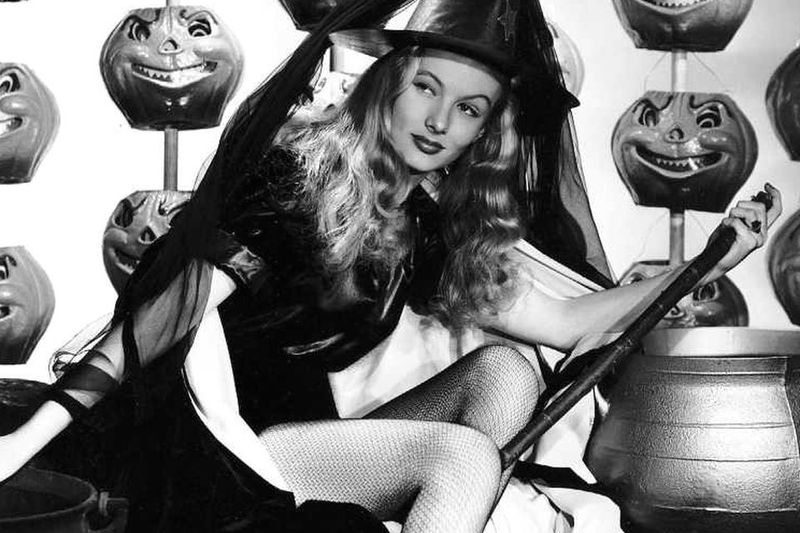
Halloween in the ’70s had its share of controversy, often seen in the culturally insensitive costumes worn by children and adults alike. Dressing up as “Native Americans,” “gypsies,” or even in blackface was considered acceptable and commonplace. These choices were reflective of a broader lack of cultural sensitivity and awareness during that era. Today, there is a heightened awareness and sensitivity towards cultural appropriation, leading to more thoughtful costume choices. This change underscores an evolution in cultural understanding and respect, highlighting a significant shift towards inclusivity and awareness in modern times.
TV Dinners and Microwave Everything

Convenience was king in the ’70s, leading to the popularity of TV dinners and microwave meals. Families gathered around the television with trays of processed, sodium-packed meals like Salisbury steak, with little regard for nutritional content. This era marked the beginning of a trend towards convenience over health. Nowadays, there’s a growing emphasis on healthy eating, with many opting for fresh, whole foods over processed options. The shift towards healthier lifestyles reflects a broader change in priorities, as society has become more health-conscious and informed about the impacts of diet on well-being.
Calling Everyone’s Parents “Mom” or “Dad”
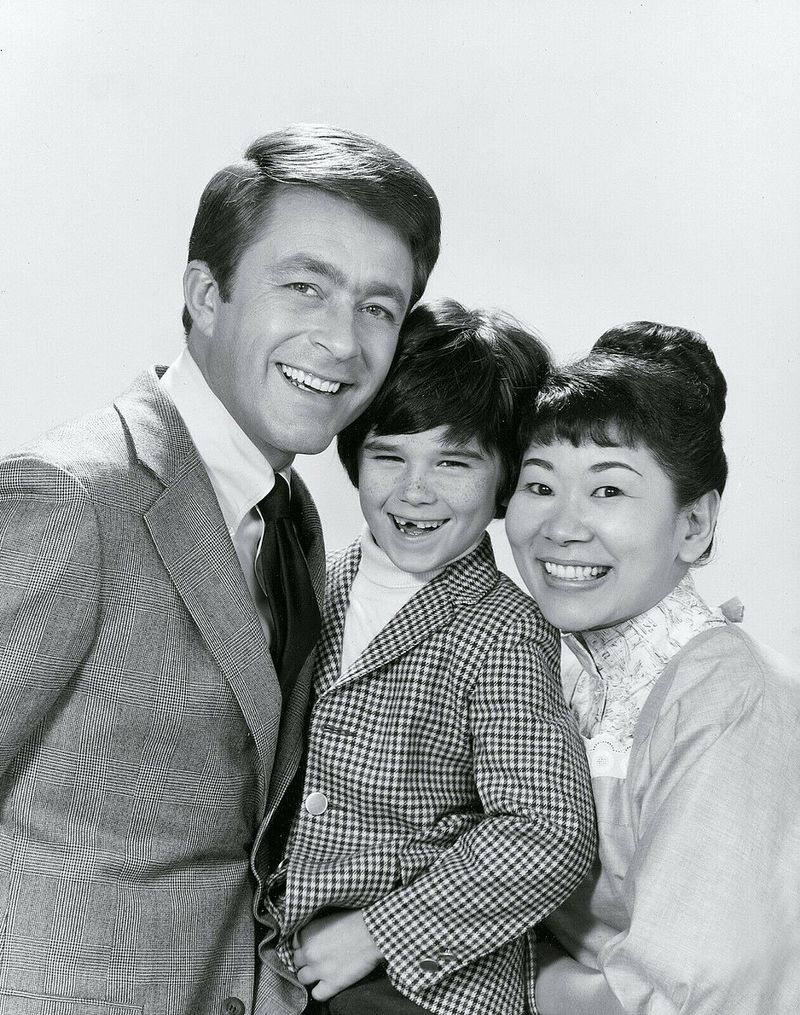
In the close-knit communities of the ’70s, it was common for children to refer to their friends’ parents as “Mom” or “Dad,” a practice that might confuse or discomfort kids today. This informal use of family titles reflected the sense of community and familiarity within neighborhoods. While such practices remain in some circles, today’s society tends to reserve these titles for actual family members, as respect for personal boundaries has become more prevalent. This change highlights a shift towards respecting individuality and personal space, reflecting broader societal changes in how relationships are defined and understood.
Family Photos with Fur Coats and Guns
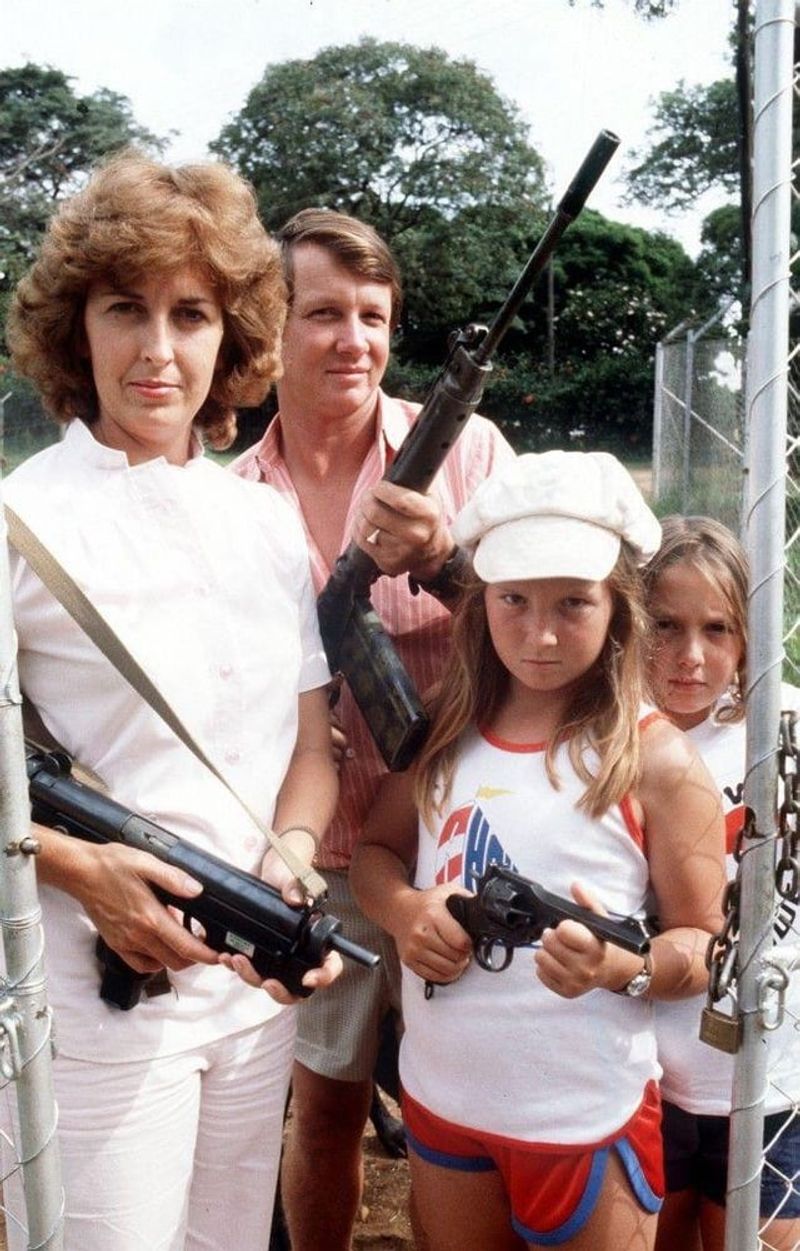
Family portraits in the ’70s sometimes included elements that would be considered controversial today, such as fur coats and firearms. These items were often symbols of status or tradition, proudly displayed alongside family members. Posing children with hunting gear or displaying guns in family photos was common in some regions, reflecting a different cultural attitude towards these subjects. Today, such images might be met with criticism or concern, as societal attitudes have shifted towards more progressive views on animal rights and gun control, highlighting evolving cultural values and sensibilities.
Public Shaming as Discipline

The ’70s were a time when unconventional disciplinary methods were sometimes employed, including public shaming. Parents and teachers might make children wear signs or embarrassing outfits as a form of punishment, often seeing it as a humorous or effective way to ensure compliance. The rationale was that embarrassment would deter unwanted behavior. Today, such practices are largely criticized, as modern parenting and educational strategies emphasize dignity and respect for children. This change marks a shift towards more empathetic and supportive approaches to discipline, reflecting a broader understanding of child psychology and well-being.
Allowing Kids to Watch R-Rated Movies
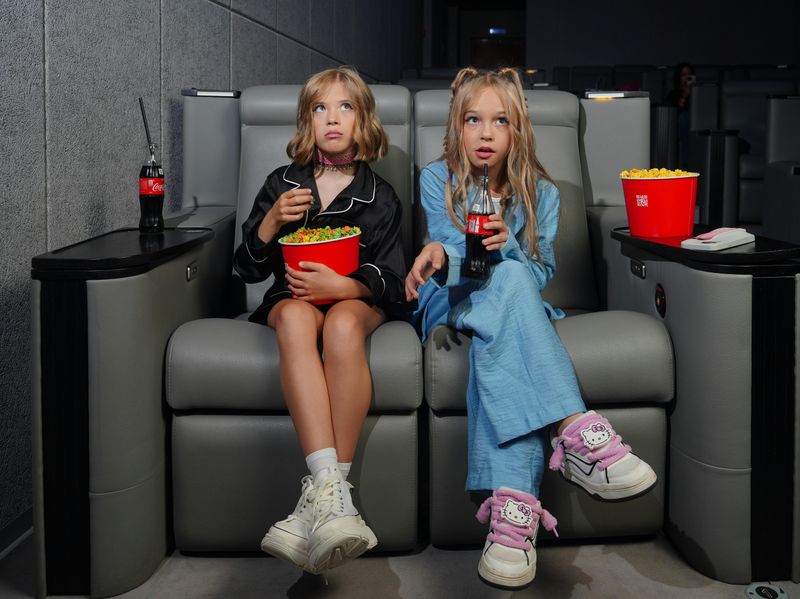
In an era before stringent content warnings, children in the ’70s often watched films that were deemed inappropriate by today’s standards, such as The Exorcist or Jaws. Parents were more relaxed about the content their children consumed, often believing it was harmless or that kids could handle it. This exposure to mature themes was viewed as part of growing up. Today, there is a greater focus on age-appropriate content, with parents more cautious about what their children watch. This change reflects a growing awareness of the potential impacts of media on young minds, emphasizing the importance of protecting children from mature content.
Ignoring Food Allergies and Sensitivities
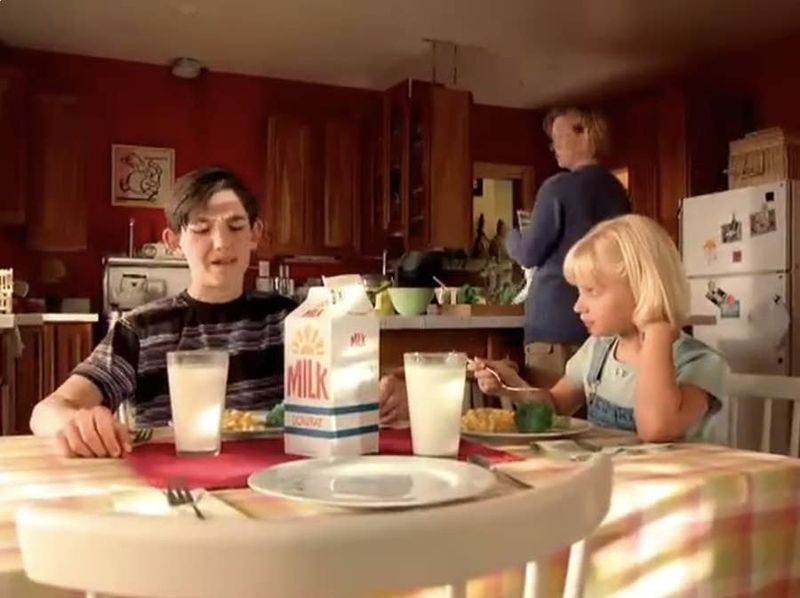
Food sensitivities were not on the radar in the ’70s as they are today. Children were expected to eat whatever was served, and reluctance to do so was often dismissed as being picky. The possibility of food allergies was rarely considered, reflecting a lack of awareness about dietary restrictions. Nowadays, there is a heightened consciousness about food allergies and sensitivities, with increased efforts to accommodate and identify dietary needs. This shift underscores a broader understanding of health and nutrition, highlighting the significant advancements in awareness and consideration for individual dietary requirements in modern family life.

Comments
Loading…